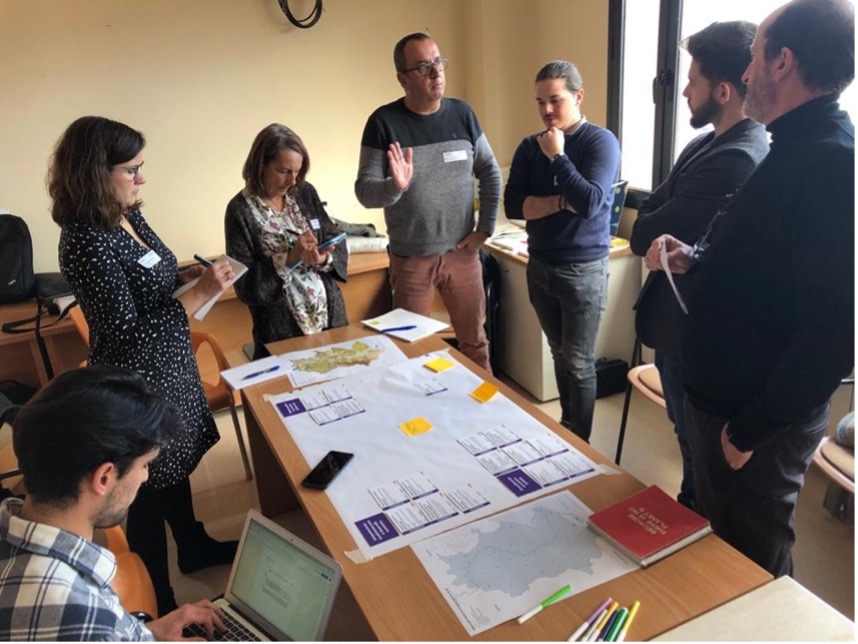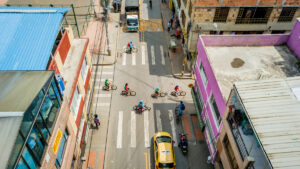Despite the diversity of voices, from mayors to technical experts, civil society actors to researchers, common agreement was found on the critical stresses faced in the territory of Terres de l’Ebre. Territorial inequality (urban/rural, coastal/inland, tourist/industrial), allocation and management of resources, local economies and policy coherence were all underlined by the stakeholders as key areas for resilience building.
“Through this project, Terres de l’Ebre is becoming a global role model.”
Nel.la Saborit Esteve, Director General for Urban Agenda and Urban Renewal at the Generalitat de Catalunya
While many stresses were identified as common across the territory, the 25 participants were tasked to map those that were geographical in nature, and to trace the unique cause-effect relations between stress drivers and shocks. Speaking of the importance of a diverse and inclusive approach to territorial resilience building, Jordi Martin, Mayor of Horta de Sant Joan where the workshop was held, specifically welcome the inclusion of rural areas in the process, highlighting their potential.
To allow for all voices to be heard, participants were divided into four discussion tables according to their expertise, with each focussing on a different dimension of resilience – Environmental, Economic, Social and Institutional. Levering their local knowledge and experience on the ground, each group was asked to reflect on chronic and long-term stresses in the region, their relevance in relation to each other, and their level of importance.
The workshop is part of an ongoing collaboration between the Generalitat de Catalunya and City Resilience Profiling Programme UN-Habitat to define actions for resilience in the territory of Terres de l’Ebre. As Miquel Alonso Cruelles, Director of Territorial Services in Terres de L’Ebre highlighted, “this project aims to spearhead public policies that allow Terres de l’Ebre to be better adapted to the future.”

The outcomes of the workshop will now be compiled and combined with the extensive research from previous workshops and desk research to create a draft set of Recommended Actions for Resilience. This output will once again be workshopped with diverse local stakeholders to increase buy-in and ensure it is reflective of the situation on the ground.
However, the collaboration not only aims to identify a roadmap to resilience in this territory, but also to develop a universally applicable tool that can support other territories advance on their resilience journey. CRGP UN-Habitat previously developed its City Resilience Profiling Tool through a similar collaboration with the city of Barcelona and has similar ambitions for this partnership. Reflecting on the workshop and the project more broadly, Nel.la Saborit Esteve, Director for the Urban Agenda and Renewal within the Department of Territory at the Generalitat de Catalunya, highlighted that, “through this project, Terres de l’Ebre is becoming a global role model.”
The project will continue until the end of 2023 allowing the newly created territorial resilience tool to become widely available for other regions in 2024.




